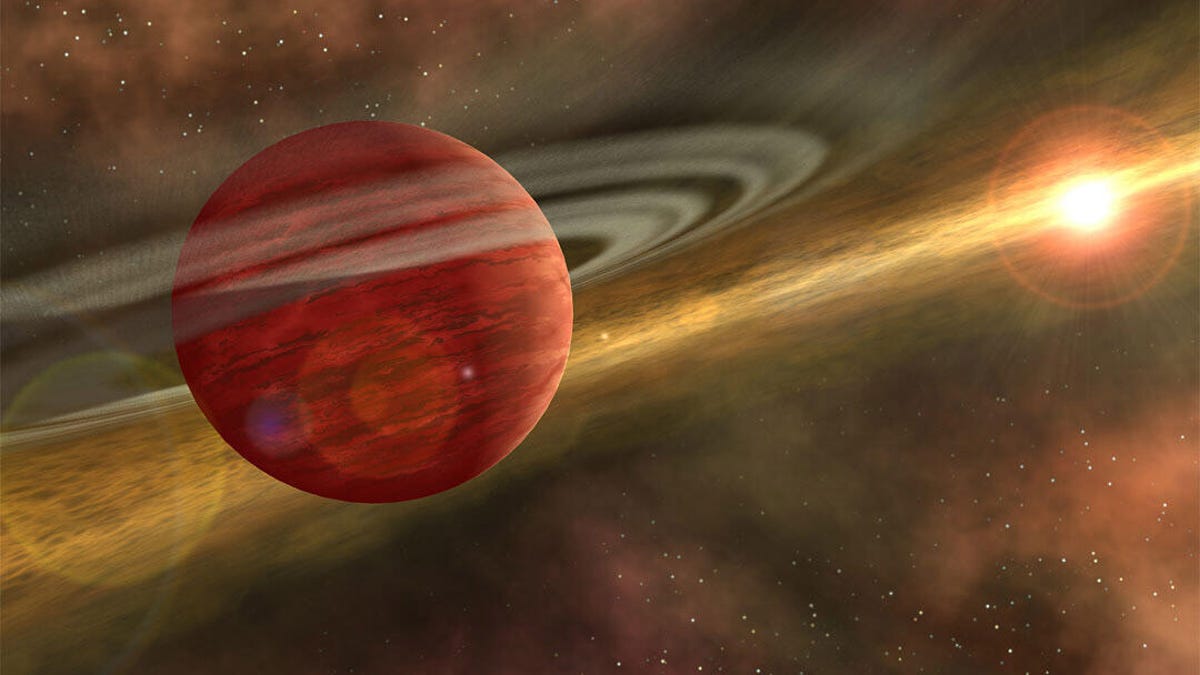Scientists discover 'baby giant planet' cosmically close to Earth
This planet has a weird relationship with its "parent" star.
Planet 2MASS 1155-7919 b is a big baby. It's cool, dim and about 10 times the mass of our solar system's famous gas giant Jupiter. It's a youngster.
A team of researchers from Rochester Institute of Technology (RIT) in New York published a paper on the planet this month in the journal Research Notes of the American Astronomical Society.
As far as the size of the universe goes, the planet is a cosmic stone's throw away at 330 light-years distance from our solar system. This places it "closer to Earth than any other of similarly young age found to date," said RIT in a release this week.
The planet orbits its 5-million-year-old star at 600 times the distance the Earth orbits the sun. Our sun is about 4.5 billion years old.
"Though lots of other planets have been discovered through the Kepler mission and other missions like it, almost all of those are 'old' planets," said lead author Annie Dickson-Vandervelde. "This is also only the fourth or fifth example of a giant planet so far from its 'parent' star, and theorists are struggling to explain how they formed or ended up there."
Astronomers are hoping follow-up studies will help them learn more about how massive planets like 2MASS 1155-7919 b end up in such distant orbits around their stars. For now, it's a cosmic mystery.


